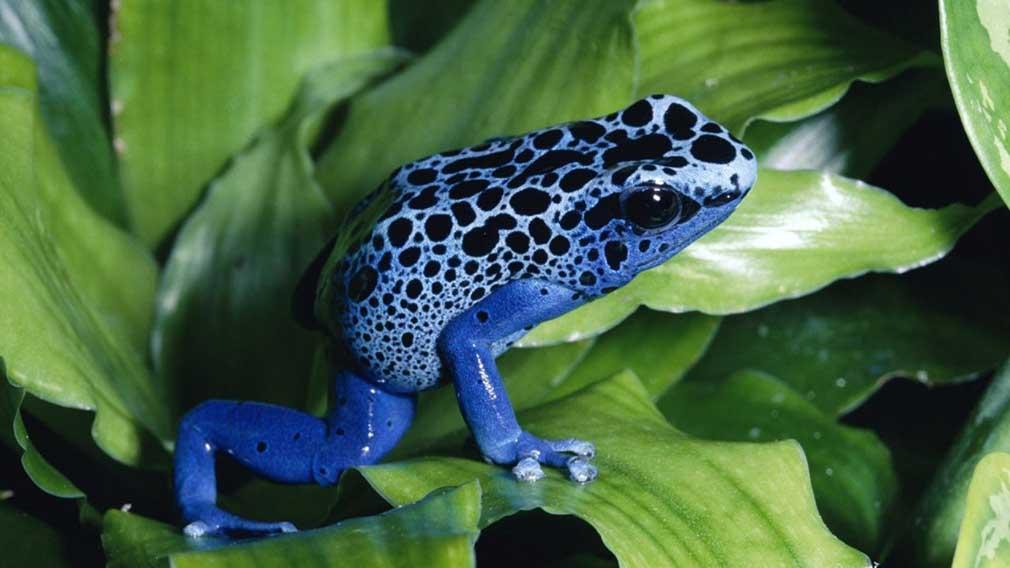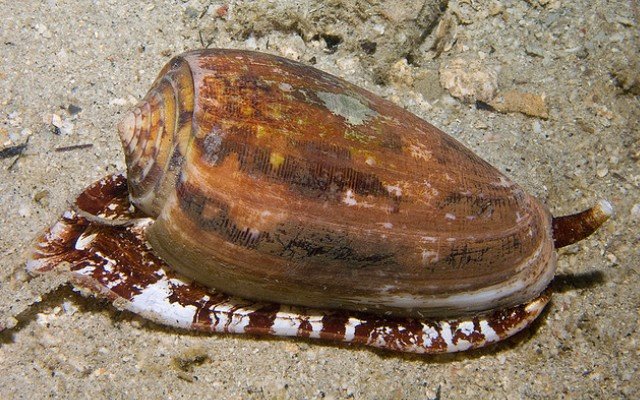Where and how does the venom of venomous animals arise?

One of the best-known properties of such feared animals as spiders or snakes is the ability to make poison. It is known that for these animals, venom is a very efficient strategy for survival, since it allows them to paralyze their prey and in turn, to defend themselves against their predators. In fact, the fact that some animals have developed potent poisons throughout evolution, makes sense. But the poison does not arise from "nothingness" and the extraordinary ability to make it was a mystery. Now, thanks to new research from the University of Queensland in Australia, we can understand where the venom of venomous animals comes from.
The most poisonous animal on Earth
The study of the most poisonous animal of the Earth provided a first evidence to understand the origin of the poisonous substances. This animal is not a spider nor a snake, but, curiously, a marine snail: Conus geographus. Given the extreme slowness of the snails, the ability to segregate venom is a great advantage for Conus geographus. These inhabitants of the Indian Ocean and the Red Sea feed on fish, which, as we all know, are much faster than snails. The powerful venom of the snails attacks the nervous system of the elusive fish, immobilizing them, which gives them the time to capture them.
A few months ago, it was discovered that one of the major components of this venom is a variant of the hormone insulin. This variant, much more potent than the original, produces a hypoglycemic shock in fish, whose neurons, in the absence of glucose, stop working.

Conus Geographus
This surprising finding has provided the information needed to understand where the venom of most venomous animals arises. According to experts, poisons could arise from molecular modifications (mutations) of their own body substances capable of controlling biological processes. Thus, the gene of a hormone could undergo mutations that, little by little, would become a substance more potent than the original hormone. This potent modified hormone, injected with a bite or sting, would become an effective poison.
But a poisonous insulin is also not convenient for the snail itself, which would keep a copy of the original insulin, which does keep glucose levels stable, and a copy of the modified hormone that it would only use to immobilize its prey.
The same kind of evolution may have generated the other poisons toxins.
Spiders and myriapods (scolopendras)
Researchers have also studied the venom components of spiders and myriapods (scolopendras), and have found something very similar to the above. A protein hormone responsible for regulating neuronal activity, has become, by successive mutations, a potent toxin. Most curious of all is that the original hormone of these animals, also participates in the control of glucose levels. This evolution has occurred independently in marine snails, spiders and myriapods, which is an interesting example of convergent evolution, ie the appearance of a similar property or ability in animals of different classes.
Design Drugs
From the molecular point of view, researchers have found that this toxin possesses a common structural core with the hormone from which it derives, which functions as a kind of scaffold, on which other "design" modifications can be made. This finding will generate new derivatives with pharmacological properties that, far from poisoning, may serve to cure or alleviate certain diseases. In this sense, the marine snail toxin is already being investigated in order to obtain an insulin derivative that allows effective control of sugar levels in patients with diabetes.
Reference:
CienciaEs
